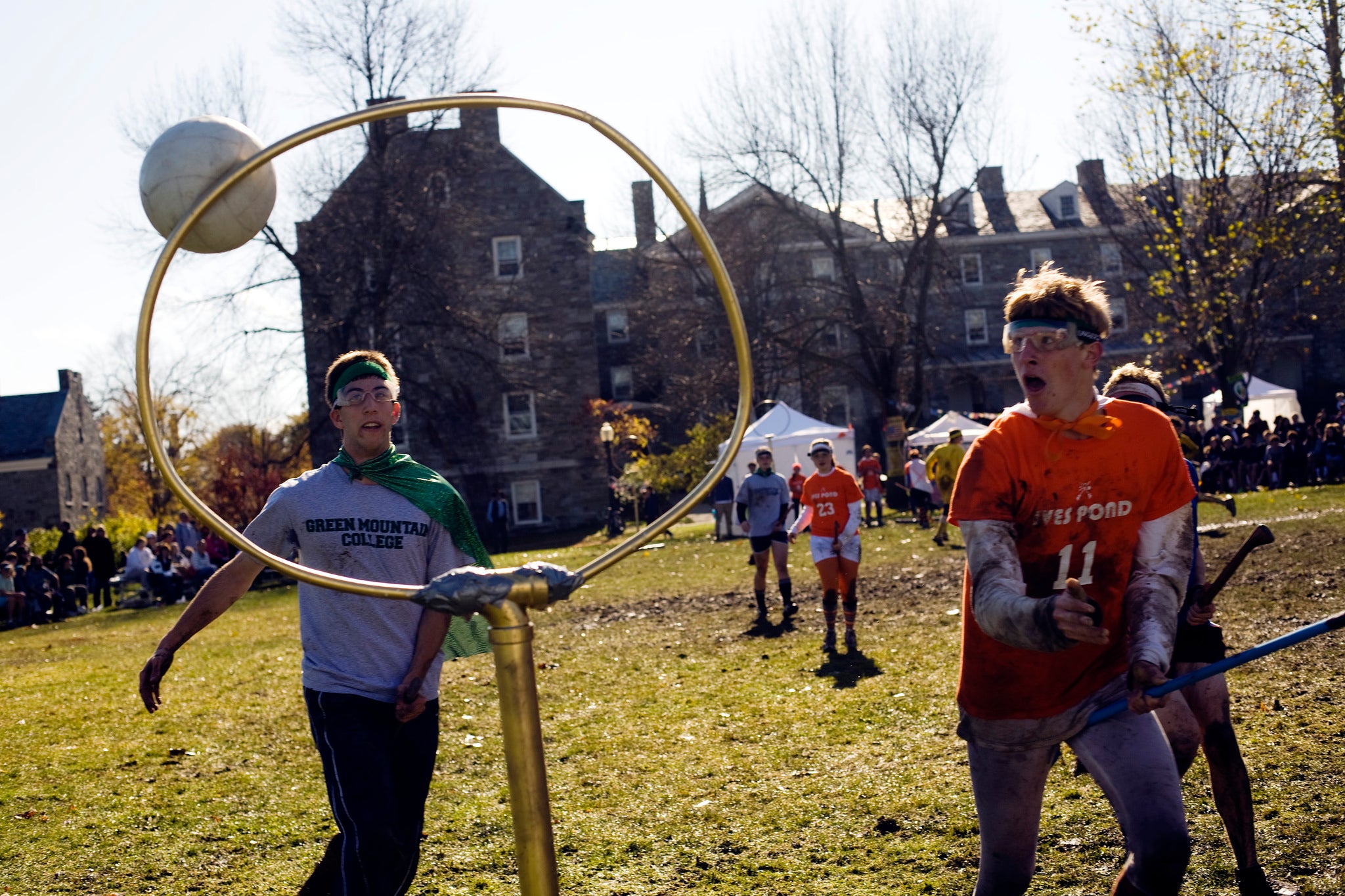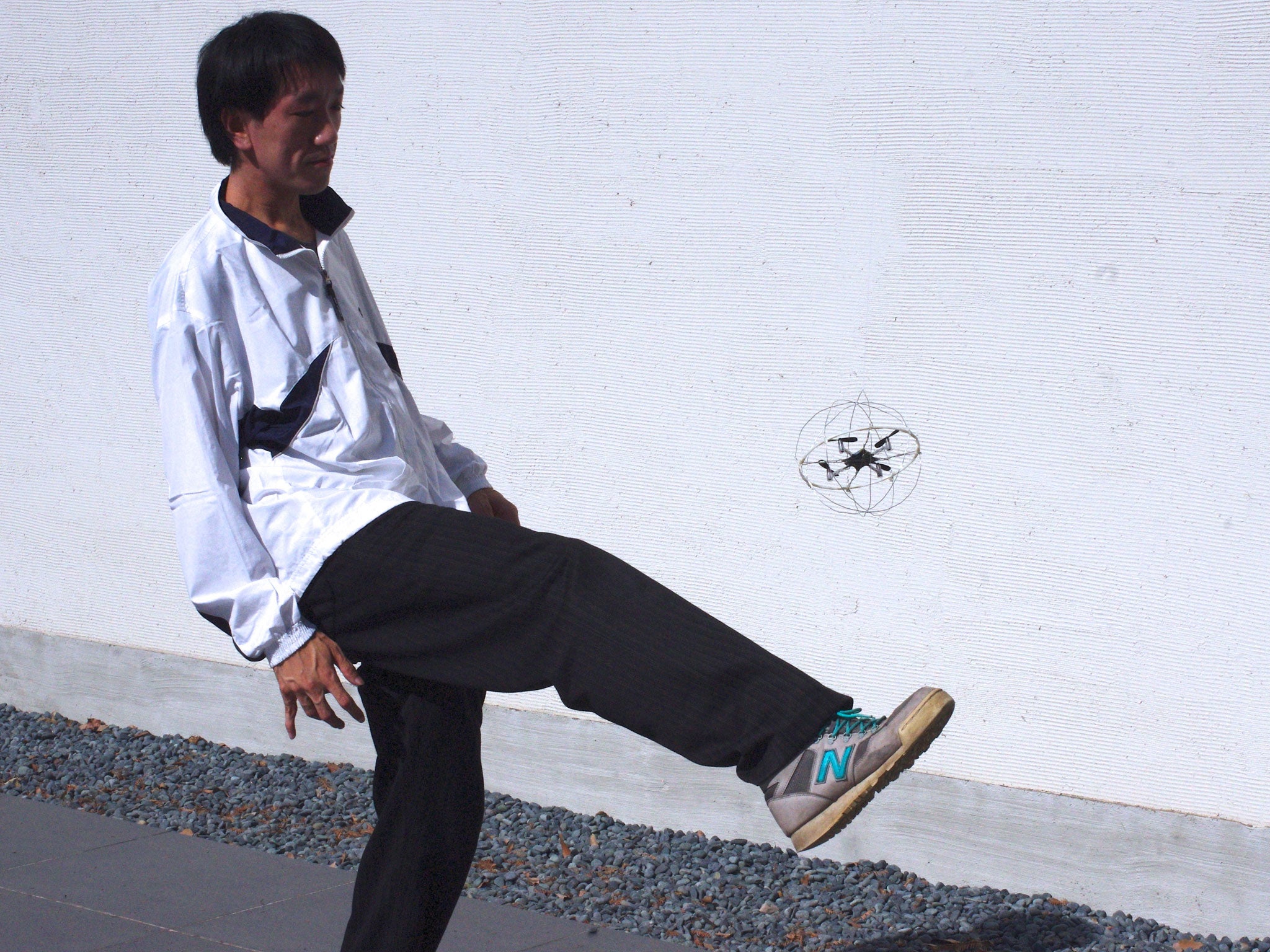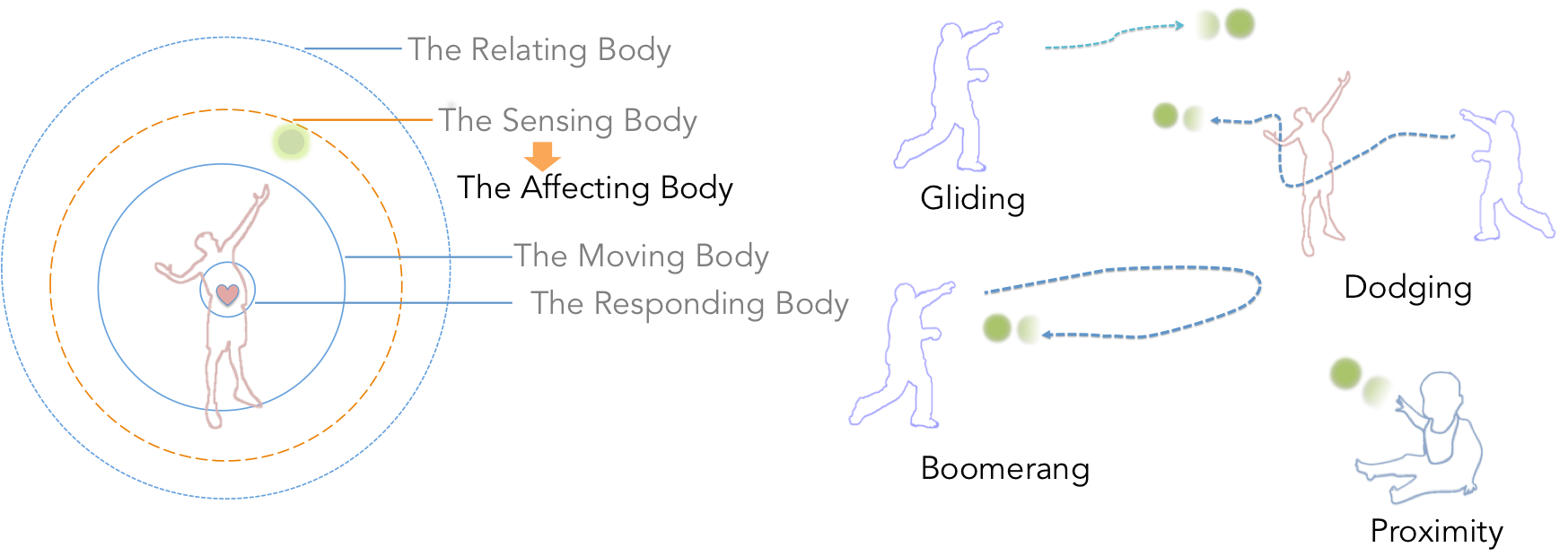The Independent's journalism is supported by our readers. When you purchase through links on our site, we may earn commission.
Real-life Quidditch comes one step closer with dodging, diving, drone-powered HoverBall
90-millimetre-wide ball can stay aloft for five minutes at a time

A Japanese inventor has created a new type of ball that can hover and fly, leading Harry Potter fans to grip their broomsticks that little bit tighter as they imagine the arrival of real-life Quidditch.
Jun Rekimoto, a prolific engineer who has previously used sound waves to levitate objects, created the HoverBall by simply embedding a small quadcopter within a flexible, spherical frame.
Rekimoto says this allows the HoverBall to act as a regular ball might (that is to say, obeying the actual laws of gravity with the falling and the dropping) but also hang in the air, glide, or even dodge around players.
The device is certainly a long way off being as mobile as the golden snitch that appears in the Harry Potter books and films, but Rekimoto says it still has the possibility of changing the “vocabulary” of ball games.

"With this technology, physical dynamics of a ball can be re-programmed by sports designers, and new ball-playing vocabularies, such as hovering, anti-gravity, proximity, or remote manipulation, can be introduced to extend the way people interact with balls."
Of course, the HoverBall’s abilities could be used to create wildly difficult game types but Rekimoto also imagines that the device will help level the playing field for less mobile individuals.
“For instance, the speed of balls could be too fast for small children, senior people, or people with physical disabilities," says Rekimoto. Instead, imagine a ball game when you move at a normal speed but the ball seems like it's flying through treacle.

The HoverBall – which is 90 millimetres across and has a hover time of five minutes – is currently undergoing further work after being presented at the Augmented Human conference in Japan on 7 March.
"To design a ball with enough durability against strong physical impact needs more research," said the team, according to New Scientist. We imagine that whipping up some flying broomsticks will also take some work as well.
Join our commenting forum
Join thought-provoking conversations, follow other Independent readers and see their replies
Comments
Bookmark popover
Removed from bookmarks